The Ultimate Guide to WiFi Drones
WiFi drones have revolutionized the world of unmanned aerial vehicles (UAVs) by making them more accessible and functional for hobbyists and professionals alike. These compact, user-friendly drones offer a convenient way to experience the thrill of flight and capture stunning aerial photography. This guide explores everything you need to know about WiFi drones, including their workings, features, and top recommendations.
What is a WiFi Drone, and How Does it Work?
A WiFi drone is an unmanned aerial vehicle equipped with WiFi connectivity that enables communication between the drone and a controller, typically a smartphone, tablet, or dedicated remote. This connection allows users to operate the drone, receive real-time data, and access features such as live video streaming and GPS navigation.
WiFi drones operate by creating their own wireless network, which can be accessed by mobile devices. Using a dedicated app on your device, you can control the drone's movements, such as taking off, landing, ascending, descending, turning, and moving forward or backward.
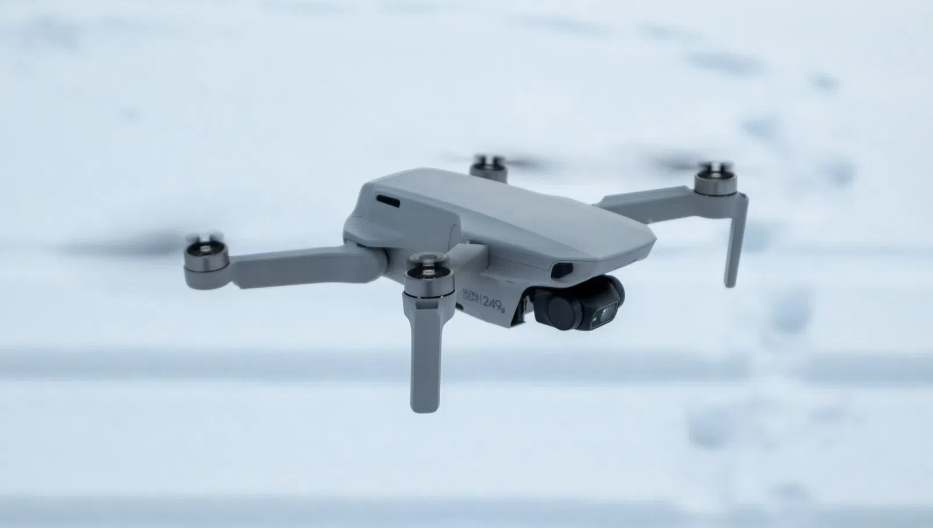
How to Connect a Drone to WiFi?
●Power On the Drone: Turn on your drone and ensure its WiFi signal is active.
●Access Your Device's WiFi Settings: Open the WiFi settings on your smartphone or tablet.
●Locate the Drone's Network: Look for the drone’s network name (SSID) in the list of available networks. This is usually labeled with the drone’s model name.
●Connect to the Network: Select the network and enter the password if required. Most drone networks have a default password provided in the user manual.
●Open the Drone App: Launch the app associated with your drone to complete the connection process and access controls and features.
What Are the Features of a WiFi Drone?
WiFi drones are equipped with a variety of features that enhance their usability:
●Live Video Streaming: View real-time footage directly on your smartphone.
●GPS Navigation: Enables precise flight control and functions like Return to Home (RTH).
●First-Person View (FPV): Immersive flight experience through a live camera feed.
●Waypoint Mode: Pre-plan flight paths using the app.
●Follow Me Mode: The drone autonomously follows the user’s movement.
●Altitude Hold: Keeps the drone stable at a fixed altitude for better footage.
●Headless Mode: In headless mode, the drone's orientation is relative to the controller, making it easier to control, especially for beginners.
●Return-to-Home: This feature allows the drone to automatically return to its takeoff point at the press of a button.
●Collision Avoidance Systems: Advanced models include sensors that help prevent obstacles during flight.
How Far Can a WiFi Drone Fly?
The range of a WiFi drone largely depends on the strength of its WiFi connection. Standard consumer-grade WiFi drones typically have a range between 100 to 300 meters (300-1000 feet). Advanced models, using enhanced WiFi technologies such as 5GHz signals or extended antennas, can reach up to 1,000 meters or more. However, external factors like environmental interference, obstacles, and the drone’s battery life can impact the effective range.
Can a WiFi Drone Stream Live Video to My Smartphone?
Most WiFi drones are designed to stream live video to your smartphone. By connecting the drone to the companion app, you can view real-time footage directly on your device. This allows you to see a real-time view of what the drone's camera is capturing. The quality of the video stream depends on both the drone's camera.
Can You Use a Drone Without WiFi?
Many drones can be operated without WiFi, especially those with dedicated controllers that use radio frequency (RF) communication. These drones may not support features like live video streaming but can still be flown for basic operations. Additionally, drones with built-in GPS can perform autonomous functions, such as waypoint navigation, without requiring a WiFi connection.
Which Are the Best WiFi Drones for Beginners?
Here are some top-rated WiFi drones ideal for beginners:
●DJI Mini 2: Compact, easy to use, and equipped with a 4K camera and 10 km transmission range.
●DJI Mini SE: This compact and lightweight drone offers excellent image quality, a user-friendly interface, and a long flight time.
●Ryze Tello: A budget-friendly option that is lightweight and perfect for learning basic flying skills.
●Holy Stone HS720: This affordable drone is perfect for beginners, featuring a 1080p camera, GPS, and a variety of intelligent flight modes.
●Potensic T25: GPS-enabled with a 1080p camera and user-friendly controls.
These models provide intuitive controls, reliable WiFi connectivity, and robust safety features, making them excellent choices for newcomers to drone flying.
Conclusion
WiFi drones offer an incredible mix of technology, usability, and entertainment. Whether you're capturing breathtaking aerial footage or exploring FPV flying, they're an excellent choice for beginners and enthusiasts. By understanding their features, connectivity options, and limitations, you can select the perfect drone to suit your needs. As a global leading lipo battery manufacturer, Grepow offers high-energy-density UAV batteries and high-discharge-rate FPV batteries for various WiFi Drones. If you have any questions or needs, please feel free to contact us at info@grepow.com.
Related Article:
What Is a Long Endurance Drone?
What Is a Fixed Wing VTOL Drone?
Related Articles
-

Powering Aerial Artistry: Grepow Battery Solutions Behind Drone Light Shows
2025-10-27 -

Vatican Drone Show: Where Technology Meets Faith
2025-09-15 -
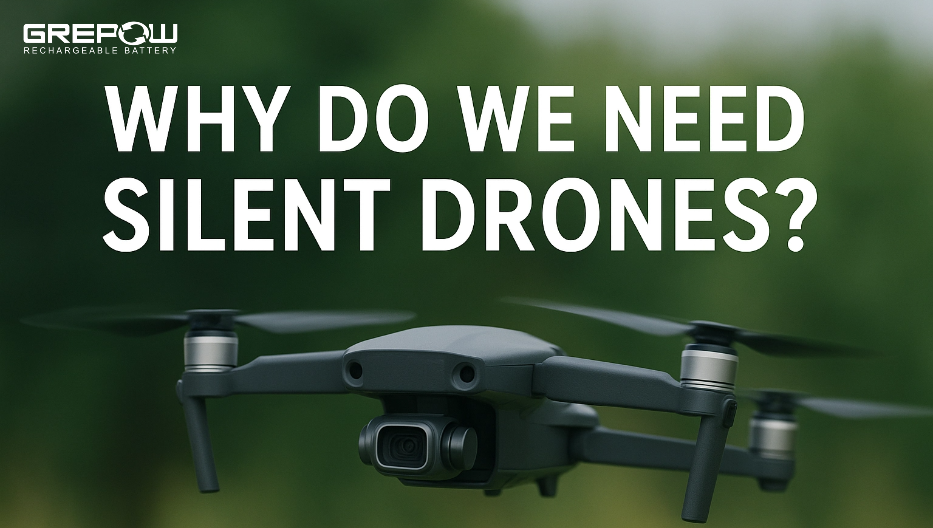
Why Do We Need Silent Drones?
2025-09-02
Related products
-
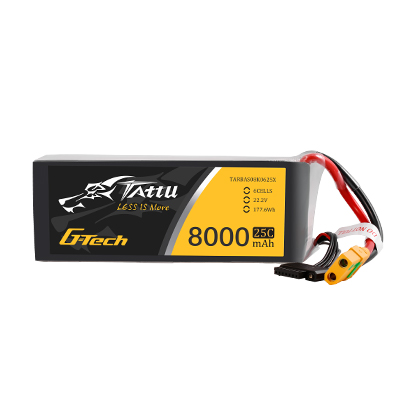
Tattu G-Tech 6S 8000mAh 22.2V 25C Lipo Drone Battery
-
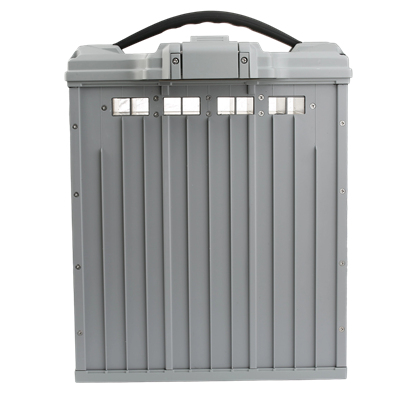
Tattu 4.0 18S Lipo 30Ah 68.4V Smart UAV Drone Battery
-
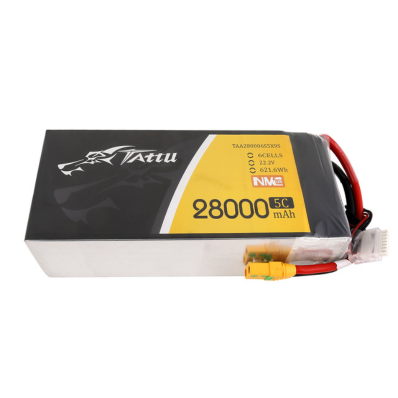
28000mAh 22.2V 6S Semi-Solid State Battery Pack
















































